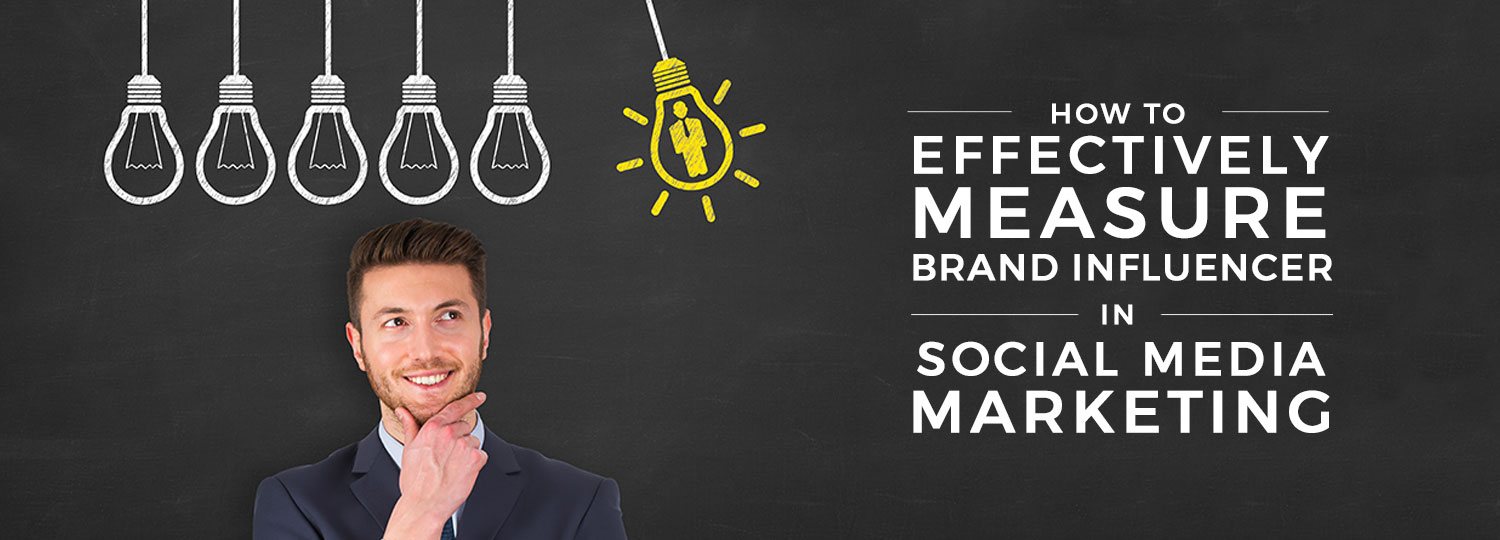
How do you know if your influencer marketing efforts made any impact?
In the past with traditional marketing and advertising, it was almost impossible to measure how successful each initiative was separate. If an organisation sent out 10,000 flyers, how would you know how many of them are read by your audience? Moreover, if you see an increase in sales or referrals, the source of the referrals would be virtually impossible to identify.
With any campaign, it is also important to measure your results to know how your efforts have fared. Was your campaign successful – did it achieve the objectives set?
Metrics to measure:
#1 Reach & Exposure
Measuring the reach of an influencer campaign gives a good idea of how viral or successful the campaign was, and how far it has spread across the web. You need to know how many people were exposed to your message.
Exposure expands to your potential audience by measuring not only how many direct followers who were exposed to the message, but the number of followers each of these followers has. Each time a person shares something on social media, it is delivered to their list of followers as well, making an impression. These impressions are included in a message’s exposure.
Combining exposure and reach gives a more accurate depiction of your true impact. This is useful especially for competition-based campaigns which involve reposting.
It is also informative for future initiatives – determine what is resonating with your audience by finding out what kind of content and messages received the highest exposure. Use this data to tweak and perfect future campaigns.
#2 Sentiment
The sentiment is the emotional reaction behind a social media mention. People have seen your message, but how do they feel about it? It is a way to measure the tone of the conversation, usually measured in positive, negative, or neutral tones. This is important as it provides valuable context to social conversations. Without it, the measurement of mentions and engagement alone could be very misleading. If sentiment is taken into account, it can show insights into people’s perception of your brand, helping you understand the overall feeling about a particular topic, and therefore creating a complete picture about the social conversations that matter to you.
This is especially useful for product launches or new initiatives, where it will be important to measure opinions about your product. As the key topic will be your product, you will want to know not only how many people are talking about you but also what they are saying about you.
It can be used for competitive research as well, where sentiment analysis can find out how your brand is being perceived in comparison to your competitors. By keenly tracking this data, you can find opportunities that you can leverage on to improve your positioning against theirs.
#3 Engagement Rate
The engagement rate is applicable to many campaigns as well as it measures your audience’s response to the influencer. It indicates how well loyalty is being greeted through your interactions with your audience. One of the ways to measure engagement is to track if your audience has engaged with the post by participating in a social action like sharing, liking or commenting. Engagement measures interaction, which essentially measures conversations created from the post.
Engagement guides your content strategy, pointing which types of content get attention and which types don’t. Paying attention to the demographic or geographic breakdown of the people who were engaged reflects the accuracy of your segmented audience. If the majority of your engagement comes from people outside your targeted conditions, it is time to tweak your strategy.
It also measures the success of campaigns and product launches. Listen to feedback to improve future initiatives.
Tips: Measuring the Influencer
Based on the data from the other metrics, you can measure how your influencer has fared. If you were working with more than one influencer, how did they fare against each other? Are all of them well-suited for that particular topic? Which influencer is the most influential?
To measure the strength of a specific influencer, we compare them against other influencers in the same topic, comparing the level of engagement, sentiment and reach. Remembering that influence is contextual, it is important to measure influencers based on each topic about your brand that you have posted about. This comparison helps us visualise which influencers contribute to each topic, and where are the gaps between topics (need to be clearer. What does this mean?). It is also helpful as these scores will reflect which influencers are better at promoting which topics. This provides a visual comparison of the influencer’s performance benchmarked against others which are also topic-sensitive.
Conclusion
Now you have learnt more about influencer marketing, and the potential Instagram has to bring your social media campaign to a whole new level. You are also equipped with the skills to drive your influencer marketing strategy into motion.

